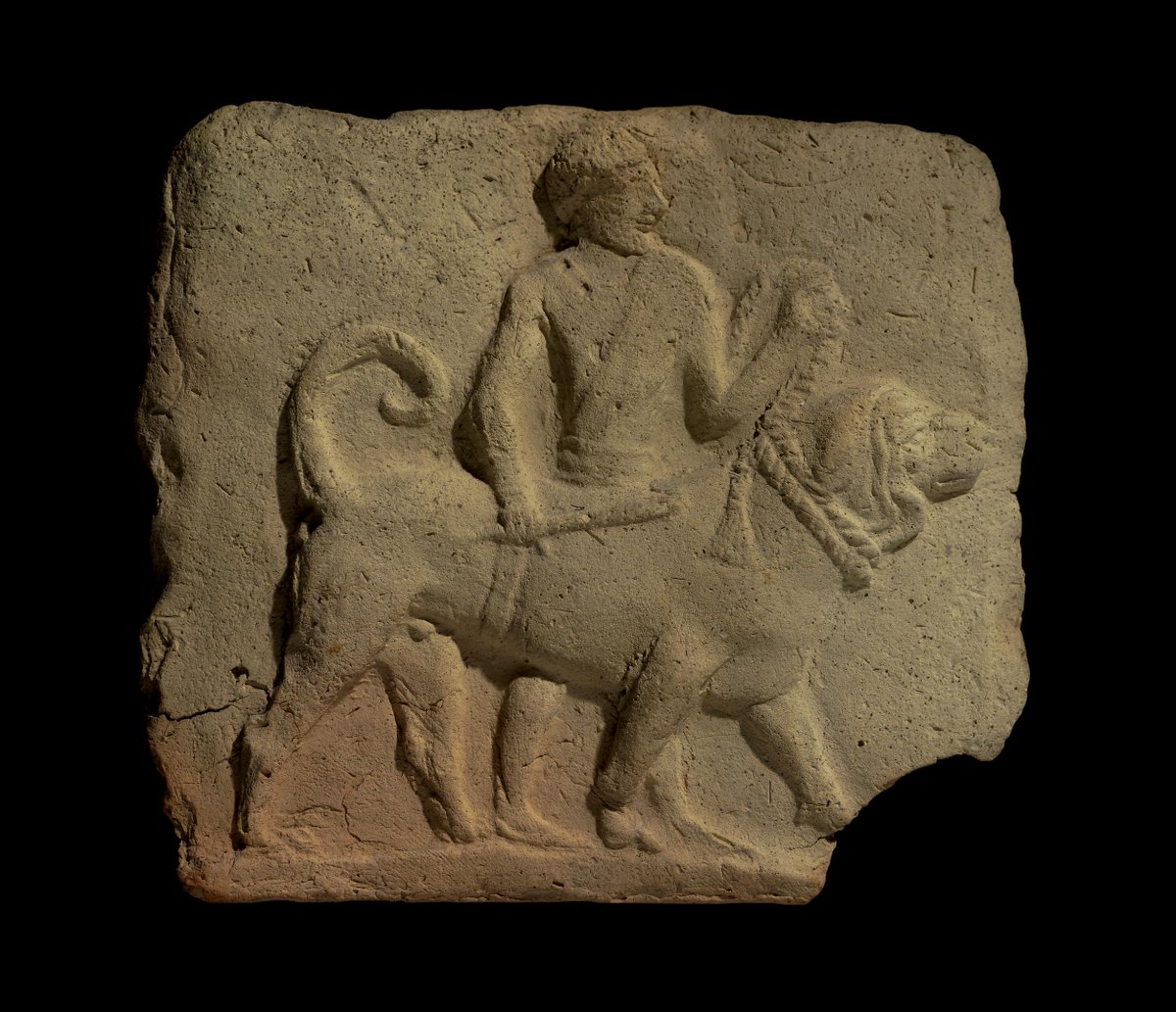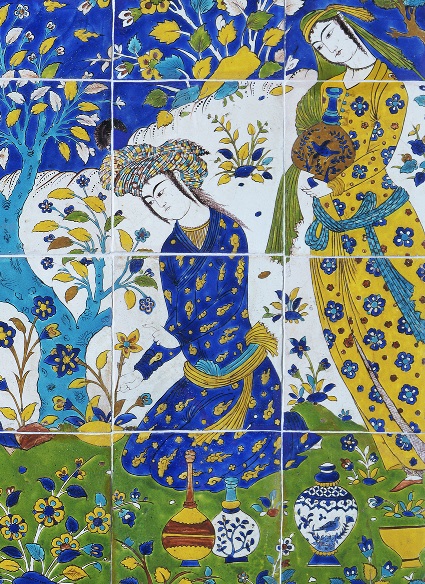
How to get URL link on X (Twitter) App


 1: In "Ardashir and the Sasanians' Rise to Power" by Dr. @tourajdaryaee & "ReOrienting the Sasanians" by Dr. @sasanianshah I did not see these connections.
1: In "Ardashir and the Sasanians' Rise to Power" by Dr. @tourajdaryaee & "ReOrienting the Sasanians" by Dr. @sasanianshah I did not see these connections.


 Here's the deal: 1: various Iranian groups, like others in Eurasia, used various standards or banners in war
Here's the deal: 1: various Iranian groups, like others in Eurasia, used various standards or banners in war 

 Based on the analysis in "Ancient Iranian metalwork in the Arthur M. Sackler Gallery and the Freer Gallery of Art" it's likely early Sasanian
Based on the analysis in "Ancient Iranian metalwork in the Arthur M. Sackler Gallery and the Freer Gallery of Art" it's likely early Sasanian

https://twitter.com/On_Persia/status/1701006923204862080



 B) Some sources note "win" and "win-kenār" are types of harp, e.g.,
B) Some sources note "win" and "win-kenār" are types of harp, e.g., 


 An older drawing without some of the details (1);
An older drawing without some of the details (1); 


 I started this research to show Simurgh should not be called the "dog-bird". Along the way, I found ancient & modern breeds across the Near East and Central Asia regions, with a lot of continuity
I started this research to show Simurgh should not be called the "dog-bird". Along the way, I found ancient & modern breeds across the Near East and Central Asia regions, with a lot of continuity 




 Together with refs to royal colours, like Hamza al-Isfahani's Tarīk̲h̲ sinī mulūk al-arḍ wa ’l-anbiyā, we can work on recreating colours of that era
Together with refs to royal colours, like Hamza al-Isfahani's Tarīk̲h̲ sinī mulūk al-arḍ wa ’l-anbiyā, we can work on recreating colours of that erahttps://twitter.com/On_Persia/status/1633296217126977537?s=20

 کدام آهو افکنده خواهی به تیر
کدام آهو افکنده خواهی به تیر 



 2: also Ctesiphon
2: also Ctesiphon


 1) Mele Hairam: a number of important late Parthian-Sasanian finds. Likely a fire temple
1) Mele Hairam: a number of important late Parthian-Sasanian finds. Likely a fire temple 


 One example from Tepe Hissar
One example from Tepe Hissar

 Various seals & other objects were found @ Bandian. As far as I know, this particular one hasn't been fully published.
Various seals & other objects were found @ Bandian. As far as I know, this particular one hasn't been fully published.


 "The hoard is a collection of about 20,600 ornaments, coins & other kinds of artifacts, made of gold, silver, ivory, etc., that were found in six burial mounds erected for five women & one man, with extremely rich jewelry, dated to around 1st C BCE-1st C CE."
"The hoard is a collection of about 20,600 ornaments, coins & other kinds of artifacts, made of gold, silver, ivory, etc., that were found in six burial mounds erected for five women & one man, with extremely rich jewelry, dated to around 1st C BCE-1st C CE."


 with properly constructed, logical hypotheses in any field of human logic.
with properly constructed, logical hypotheses in any field of human logic.
 I find it fascinating because by all accounts in Sasanian Middle Persian & modern Persian, year = sāl
I find it fascinating because by all accounts in Sasanian Middle Persian & modern Persian, year = sāl


 I previously wrote on sources mentioning "nogruz" or Nowruz, as well as some of Nowruz' history:
I previously wrote on sources mentioning "nogruz" or Nowruz, as well as some of Nowruz' history:https://twitter.com/On_Persia/status/1636040055897702405?s=20

 Numerous later sources link it to the Indo-Iranian figure/king Jamshid/ Yima
Numerous later sources link it to the Indo-Iranian figure/king Jamshid/ Yima